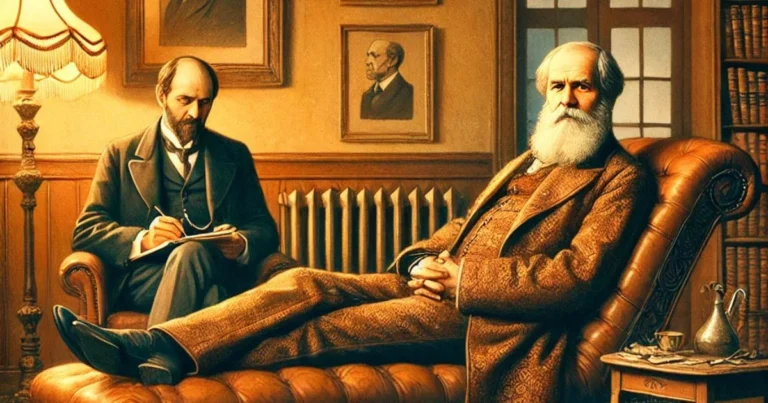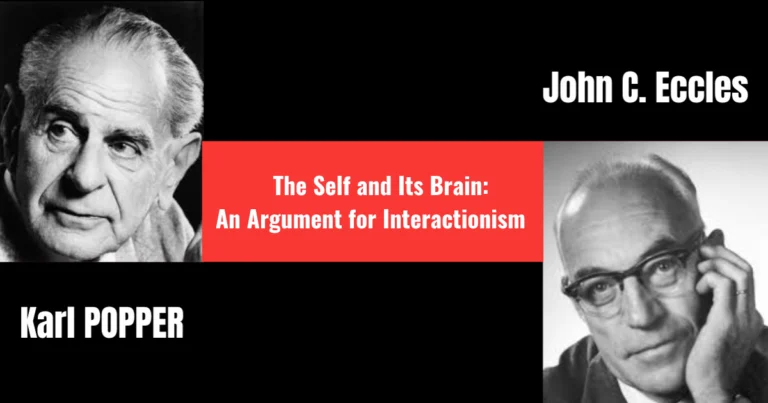The spectacle society: Guy Debord and the age of spectacle
Published in 1967, The Society of the Spectacle is a seminal work by French theorist and filmmaker Guy Debord, a central figure in the Situationist International movement. This essay presents a penetrating analysis of modern society, marked by the dominance of images and media-driven representations. More than a mere observation, it offers a radical critique of the commodification of life and the deepening alienation within a world ruled by spectacle.
Debord wrote at a time when mass media was rapidly gaining ground, advertising saturated daily life, and consumption had become the engine of Western economies. These were the years of post-war economic boom, the “Trente Glorieuses”, bringing unprecedented growth, but also increasing alienation as economic and cultural systems turned human relationships into commodities.
Drawing on Marx, Lukács, and Surrealism, Debord embraced a heterodox Marxist approach, fusing it with a sharp critique of late-stage capitalism. He aligned himself with avant-garde movements, advocating for a radical transformation of everyday life, an ambition that defined his deep involvement in Situationism, of which he was one of the chief theorists.
The Situationists called for the creation of situations: deliberately constructed moments of life designed to trigger authentic experiences, in opposition to the alienating routines of modern existence. Notable examples include:
- Drift (dérive): spontaneous urban explorations meant to rediscover cities beyond their functional and commercial uses.
- Detournement: a creative strategy involving the repurposing of existing cultural elements to subvert their original ideological function.
Situationism was as much a critique of capitalism as it was of institutionalized art. It aimed to abolish the separation between creators and spectators, between artistic production and everyday practice.
Unmasking the spectacle: Key concepts from Debord’s theory
Debord’s book unfolds through a series of theses that lay out a systemic vision of the spectacle. Key points include:
The Spectacle as a Social Order : Debord doesn’t confine the spectacle to media or visual art; he defines it as a mode of organizing society as a whole. The spectacle acts as a veil between individuals and reality. As images and symbolic representations accumulate, they become autonomous, distancing individuals from their direct experiences. This separation fosters a sense of isolation, where reality becomes inaccessible, replaced by a simulated version of it. In today’s digital age, social profiles and avatars serve as extensions of the self, crafted not through authenticity but shaped by social approval and imposed norms.
Generalized Commodification: Expanding upon Marxist critique, Debord shows that in modern society, everything, including emotions, leisure, and human relationships, is turned into a commodity. Products are consumed not for their intrinsic value but for what they symbolically represent. Fashion and tech gadgets, for example, fulfill not just practical needs but act as status markers and tools of social distinction.
Alienation and Passivity: The spectacle transforms citizens into mere spectators, stripping them of their active role in shaping reality. This mechanism rests on the passive consumption of images, rendering individuals incapable of acting upon or transforming the world around them. Debord emphasizes that this passivity is intertwined with the depoliticization of the masses, where social struggles are co-opted and reduced to symbolic gestures. A modern example is the commercial appropriation of protest slogans turned into T-shirt slogans.
A Critique of Modern Capitalism: Debord argues that the spectacle is the ultimate expression of capitalist logic, where even time and identity are commodified. He also critiques how power structures use spectacle to maintain control, by managing cultural and media representations. This critique resonates today in the way tech companies manipulate algorithms to maximize user engagement, turning human attention into a monetizable resource.
From controversy to canon: the spectacle’s critical impact
Upon its release, The Society of the Spectacle was met with skepticism by some intellectuals, due to its aphoristic style and radical tone. Nevertheless, the work gained growing recognition as its insights proved increasingly prophetic. Contemporary critics highlight its striking relevance in the era of social media, streaming platforms, and targeted advertising.
The book has inspired a broad spectrum of thinkers, from Marxists to media sociologists, and has profoundly influenced fields ranging from political philosophy to cultural criticism. Its relevance remains undiminished in a world where images and data shape social relations.
One of Debord’s strengths lies in his clarity of vision. He described, with remarkable foresight, phenomena that were nascent in 1967 but now dominate our society. His diagnosis of an alienating consumer culture takes on renewed urgency in the digital age.
Nevertheless, his approach can be critiqued for its lack of practical solutions. Debord identifies the problems with relentless precision but offers few concrete paths to overcome the alienation he so powerfully denounces. His style, often dense and abstract, may also deter readers unfamiliar with Marxist or Situationist terminology.
Digital spectacle: when social media fulfills debord’s prophecy
Debord’s analysis resonates even more powerfully in the context of digital technologies and social media. His ideas find an almost uncanny echo in today’s world:
Spectacle in the Digital Age: Social media represents an extreme extension of the spectacle. Platforms like Instagram and TikTok turn every aspect of life into consumable content, a “personal spectacle.” Users become active participants in the construction of their own alienation, staging their lives to match socially acceptable templates. Debord’s assertion that “the spectacle wants nothing but itself” finds its manifestation in the attention economy, where the sole aim is to keep users engaged. Likes, shares, and views replace genuine human interaction.
Commodification of Relationships: Dating apps and professional networking platforms illustrate how human relationships are now mediated and commodified. Algorithms sort, rank, and categorize individuals based on market-like criteria and social performance metrics.
Manipulation of Representation: Debord also anticipated the ways in which modern media and corporations shape public narratives and collective perception. This is evident in political campaigns where stories are crafted like marketing products, and in the rise of fake news that distorts reality through curated imagery and simplified narratives.
Protest as Spectacle: Modern social movements like Black Lives Matter or Fridays for Future show how dissent can be swiftly absorbed into the spectacle. Symbols and imagery associated with these movements are often co-opted by pop culture or commercial interests, diluting their original message.
The Society of the Spectacle is an essential read for anyone interested in social psychology and political philosophy. While some of its concerns are rooted in its historical context, its core insights remain startlingly relevant. It challenges us to reexamine our relationship with media and the economic systems that shape our daily lives.
Far from being a historical curiosity, Debord’s essay serves as a compass for understanding the dynamics of our time.
Reference :
Debord, G. (1967). La société du spectacle. Paris : Buchet-Chastel.

Amine Lahhab
Television Director
Master’s Degree in Directing, École Supérieure de l’Audiovisuel (ESAV), University of Toulouse
Bachelor’s Degree in History, Hassan II University, Casablanca
DEUG in Philosophy, Hassan II University, Casablanca







